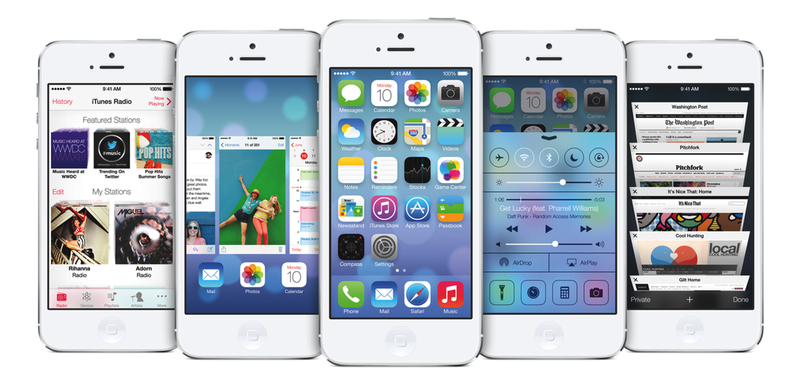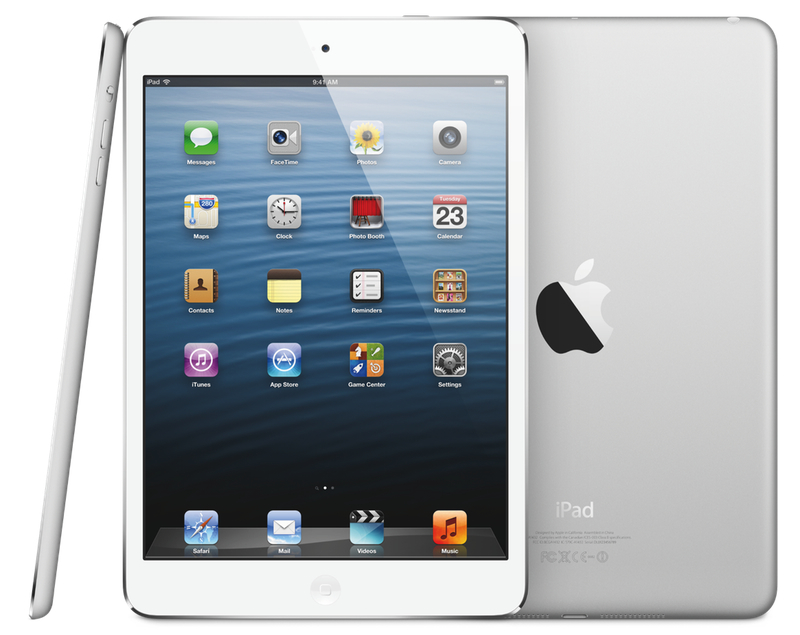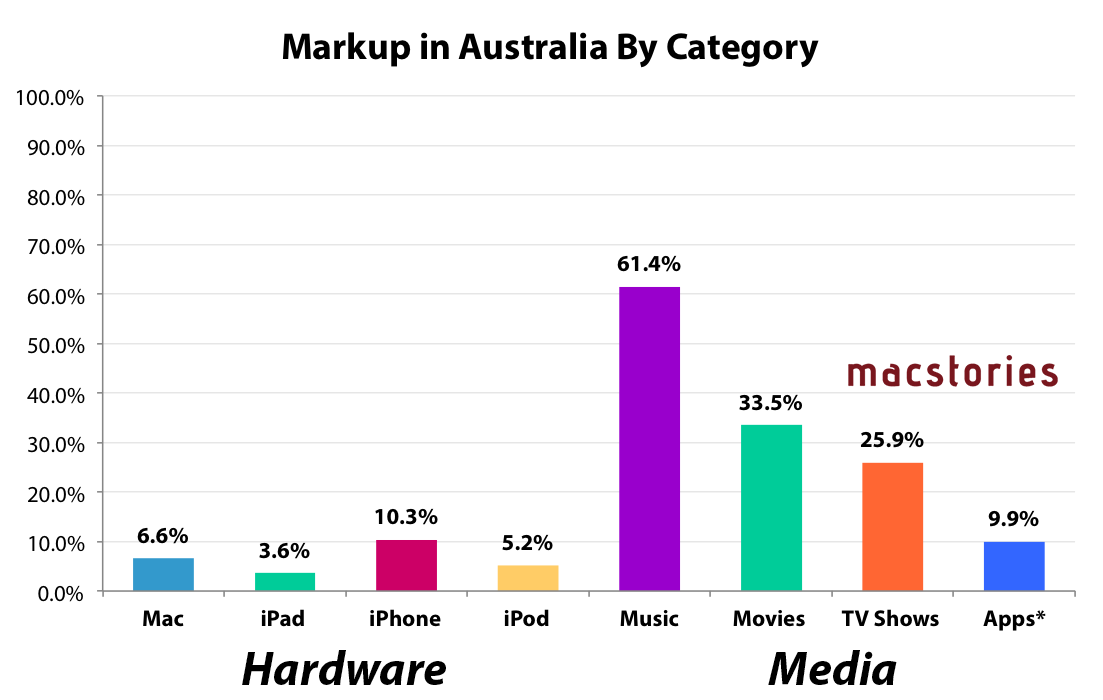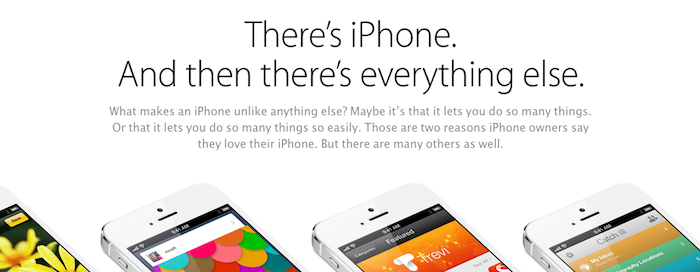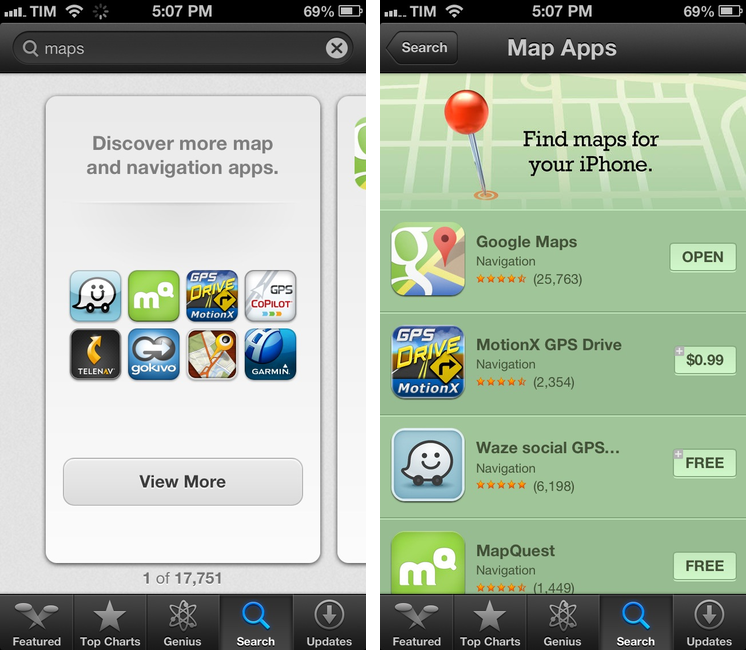In thinking about the latest round of rumors of another company supposedly “beating” Apple to a market in which Apple hasn’t entered yet, I remembered how this sort of scenario happened many times in the past. I wanted to understand if “beating to the punch” is really the parameter we should be looking at.
Therefore I used Google to find evidence, and I was given plenty of it.
August 2009: Bloomberg Businessweek says Nokia beat Apple to the punch by unveiling a netbook.
January 2010: Electricpig wonders if a Microsoft Courier appearance could beat Apple to the punch.
January 2010: Tom’s Hardware believes the HP Slate will beat Apple to the tablet punch.
July 2011: Dvice says Motorola is preparing to beat Apple to the market with a Retina Display tablet.
December 2011: BGR says Samsung could beat Apple to the market with a Retina tablet.
April 2012: The Los Angeles Times asks whether IKEA has beaten Apple to an all-in-one television.
June 2012: WebProNews says a Google Maps announcement will beat Apple to the punch.
June 2012: AppleFanSite asks if Microsoft has beaten Apple to the 7-inch tablet market with an Xbox Surface tablet.
September 2012: Forbes asks if Nintendo has beaten Apple to an iTV.
October 2012: Gizmodo says Amazon beat Apple to the classroom.
January 2013: Business Insider says even Sony will beat Apple to making a giant phone.
February 2013: MacRumors says Samsung could beat Apple to market with an iWatch competitor.
How many of those races – “being first” – resulted (when true) in a subsequent return in terms of profit? And how many of those headlines were purposefully crafted for the sake of pageviews?
Two brief thoughts. First, for a company that’s been beaten like that, Apple is doing surprisingly well.
More importantly, I believe it’s clear that, in Apple’s case, the market didn’t care about who was first. But there are some aspects to consider.
People wanted – and I think they will continue wanting – the best products, not the ones that arrived first on the shelves. If the best product is also first, even better. But if the first product isn’t worth the money, I see a problem.
Apple was “beaten to the market” in many other occasions that I haven’t listed here: higher capacity portable music players; LCD color screens; digital marketplaces; video chat; and yes, even smartphones. I am not poking fun at the headlines – I am using them to point out a general “notion” that has been going on for years among tech companies, reporters, and consumers: that “beating someone else to the punch” is automatically synonymous of increased chances of success.
I wonder if Apple’s competitors believed they needed to “beat Apple to the punch”. Because from where I stand, I see one that underestimated the iPhone, one that is making billions, and another that is ridiculously late. Others aren’t doing very well, or they are taking entirely different approaches. Did they really want to beat Apple to the punch, or was it just a headline that told us they would?
Apple is a company, and like every company they want to make a profit. Unlike others – many others – they have been smart in investing resources not to beat HTC, Sony, or RIM to the punch – but to make the best products without being late to the point where people wouldn’t care anymore.1
Making sure that your product is good and that you’re not extremely late to the game. It’s overly simplified, but I’d say that, with such underlying philosophy, being second is generally a good position.2 It buys a company like Apple time to understand what the market wants and what is required to produce new products on a large scale for a profit. In other words: the Apple TV is still a hobby.
Or maybe I’m wrong, and Apple’s competitors were first and did have a superior product, but for some reason Apple convinced the masses to buy iOS devices instead even if they came “second” to the market. But I don’t think so.
Looking ahead at this (rumored) wave of new products – watches, televisions, game consoles – I think the real question is: who can beat others to the punch in delivering the best product?


